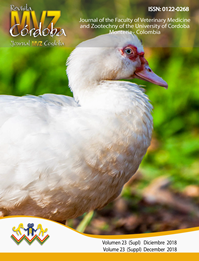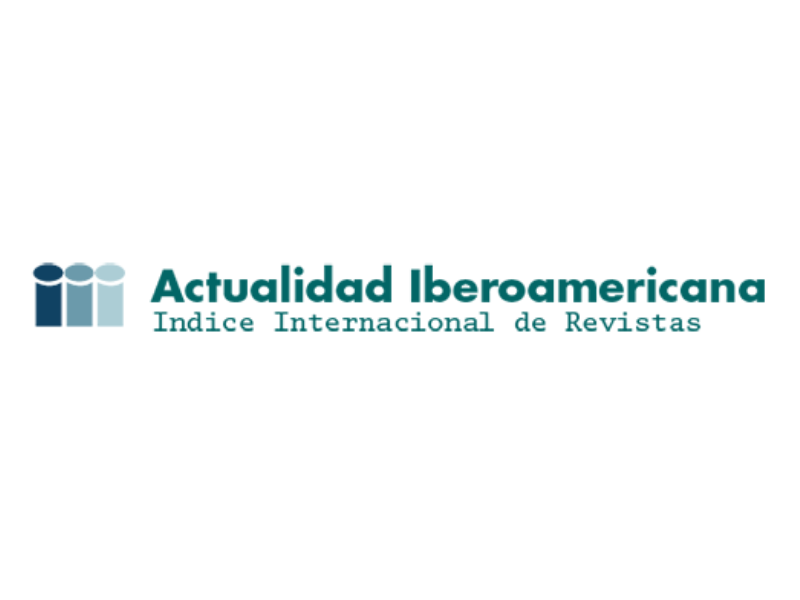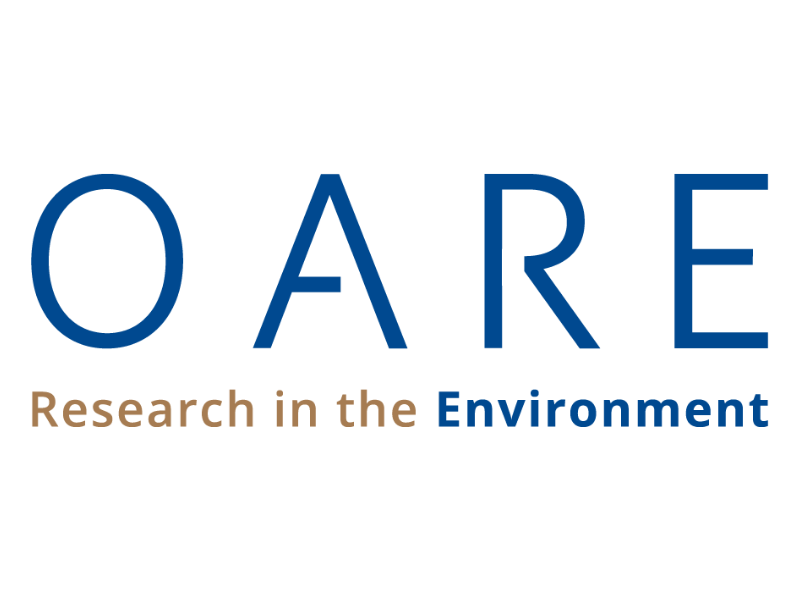Evaluación molecular de la presencia del virus de influenza A en cerdos en plantas de beneficio en Colombia
Molecular evaluation of influenza A virus in swine at slaughterhouses in Colombia
Mostrar biografía de los autores
Objetivo. Determinar la presencia del virus de influenza A y evaluar el efecto que tuvo el surgimiento y diseminación del virus H1N1 pandémico de 2009 sobre las cepas endémicas que circulan en la población de cerdos de Colombia. Materiales y métodos. Se recolectaron 369 muestras de tejido pulmonar de cerdos clínicamente sanos en plantas de beneficio de 11 regiones geográficas de Colombia, que fueron analizadas mediante qRT-PCR para la detección de virus de influenza A. Se seleccionaron muestras positivas para el aislamiento en huevos de embrión de pollo SPF, y la presencia del virus fue confirmada con ensayos de hemaglutinación y RT-PCR. Resultados. Se demostró la circulación del virus de influenza A en cinco de las 11 regiones geográficas analizadas y se logró el aislamiento de cinco cepas de campo a partir de muestras provenientes de dos de estas regiones. Conclusiones. Fue posible comprobar que el análisis de muestras obtenidas en plantas de beneficio constituye una alternativa valiosa para el estudio y caracterización de los virus de influenza en cerdos, al permitir cobertura de un mayor número de individuos, haciendo posible la detección molecular y el aislamiento de cepas de campo, aspectos fundamentales para establecer el surgimiento de cepas con potencial pandémico y/o epidémico en el territorio nacional.
Visitas del artículo 1320 | Visitas PDF
Descargas
- Alvarez J, Sarradell J, Kerkaert B, Bandyopadhyay D, Torremorell M, Morrison R, et al. Association of the presence of influenza A virus and porcine reproductive and respiratory syndrome virus in sow farms with post-weaning mortality. Prev Vet Med. Elsevier B.V.; 2015;121(3–4):240–5. https://doi.org/10.1016/j.prevetmed.2015.07.003
- Neira V, Rabinowitz P, Rendahl A, Paccha B, Gibbs SG, Torremorell M. Characterization of viral load, viability and persistence of influenza a virus in air and on surfaces of swine production facilities. PLoS One. 2016;11(1):1–11. https://doi.org/10.1371/journal.pone.0146616
- Pomorska-Mól M, Kwit K, Markowska-Daniel I, Kowalski C, Pejsak Z. Local and systemic immune response in pigs during subclinical and clinical swine influenza infection. Res Vet Sci. Elsevier Ltd; 2014;97(2):412–21.
- Janke BH. Clinicopathological Features of Swine Influenza. In: Richt JA, Webby RJ, editors. Swine Influenza: Current topics in microbiology and immunology. Verlag: Springer; 2013. p. 69–83.
- Detmer S, Gramer M, Goyal S, Torremorell M, Torrison J. Diagnostics and Surveillance for Swine Influenza. In: Richt JA, Webby RJ, editors. Swine Influenza: Current topics in microbiology and immunology. Berlin, Heidelberg: Springer; 2012. p. 85–112. https://doi.org/10.1007/82_2012_220
- Tsai KN, Chen GW. Influenza genome diversity and evolution. Microbes Infect. Elsevier Masson SAS; 2011;13(5):479–88. https://doi.org/10.1016/j.micinf.2011.01.013
- Mair CM, Ludwig K, Herrmann A, Sieben C. Receptor binding and pH stability — How influenza A virus hemagglutinin affects host-specific virus infection. Biochim Biophys Acta - Biomembr. Elsevier B.V.; 2014;1838(4):1153–68.
- Ito T, Gorman OT, Kawaoka Y, Bean WJ, Webster RG. Evolutionary analysis of the influenza A virus M gene with comparison of the M1 and M2 proteins. J Virol. 1991;65(10):5491–8.
- Rodriguez-Frandsen A, Alfonso R, Nieto A. Influenza virus polymerase: Functions on host range, inhibition of cellular response to infection and pathogenicity. Virus Res. Elsevier B.V.; 2015;209:1–16. https://doi.org/10.1016/j.virusres.2015.03.017
- Air GM. Influenza virus antigenicity and broadly neutralizing epitopes. Curr Opin Virol. Elsevier B.V.; 2015;11:113–21.
- Greenbaum BD, Li O, Poon L, Levine A, Rabadan R. Viral reassortment as an information exchange between viral segments. 2015;109(9):3341–6.
- Mehle A, Dugan VG, Taubenberger JK, Doudna JA. Reassortment and Mutation of the Avian Influenza Virus Polymerase PA Subunit Overcome Species Barriers. J Virol. 2012;86(3):1750–7. https://doi.org/10.1128/JVI.06203-11
- Sandbulte M, Spickler A, Zaabel P, Roth J. Optimal Use of Vaccines for Control of Influenza A Virus in Swine. Vaccines. 2015;3(1):22–73. https://doi.org/10.3390/vaccines3010022
- Dangi T, Jain A. Influenza Virus: A Brief Overview. Proc Natl Acad Sci India Sect B Biol Sci. 2012;82(1):111–21. https://doi.org/10.1007/s40011-011-0009-6
- Wu Y, Wu Y, Tefsen B, Shi Y, Gao GF. Bat-derived influenza-like viruses H17N10 and H18N11. Trends Microbiol. Elsevier Ltd; 2014;22(4):183–91. https://doi.org/10.1016/j.tim.2014.01.010
- Crisci E, Mussá T, Fraile L, Montoya M. Review: Influenza virus in pigs. Mol Immunol. Elsevier Ltd; 2013;55(3–4):200–11. https://doi.org/10.1016/j.molimm.2013.02.008
- Scholtissek C. Source for Influenza Pandemics. Eur J Epidemiol. 1994;10(4):456–8. https://doi.org/10.1007/BF01719674
- Neumann G, Kawaoka Y. Transmission of influenza A viruses. Virology. 2015;479–480C:234–46.
- Wang J-Y, Chen Z-L, Li C-S, Cao X, Wang R, Tang C, et al. The distribution of sialic acid receptors of avian influenza virus in the reproductive tract of laying hens. Mol Cell Probes. Elsevier Ltd; 2015;29(2):129–34.
- Nelson MI, Gramer MR, Vincent AL, Holmes EC. Global transmission of influenza viruses from humans to swine. J Gen Virol. 2012;93(Pt_10):2195–203.
- Kong W, Wang F, Dong B, Ou C, Meng D, Liu J, et al. Novel reassortant influenza viruses between pandemic (H1N1) 2009 and other influenza viruses pose a risk to public health. Microb Pathog. Elsevier Ltd; 2015;89:62–72. https://doi.org/10.1016/j.micpath.2015.09.002
- Ramirez-Nieto GC. First isolation and identification of H1N1 swine influenza viruses in Colombian pig farms. Health (Irvine Calif). 2012;4(10):983–90. https://doi.org/10.4236/health.2012.430150
- Pereda A, Rimondi A, Cappuccio J, Sanguinetti R, Angel M, Ye J, et al. Evidence of reassortment of pandemic H1N1 influenza virus in swine in Argentina: Are we facing the expansion of potential epicenters of influenza emergence? Influenza Other Respi Viruses. 2011;5(6):409–12. https://doi.org/10.1111/j.1750-2659.2011.00246.x
- Chiapponi C, Baioni L, Luppi A, Moreno A, Castellan A, Foni E. Temporal insight into the natural generation of a new reassortant porcine influenza virus in a swine holding. Vet Microbiol. Elsevier B.V.; 2014;174(1–2):9–15. https://doi.org/10.1016/j.vetmic.2014.08.026
- Qi X, Pan Y, Qin Y, Zu R, Tang F, Zhou M, et al. Molecular characterization of avian-like H1N1 swine influenza a viruses isolated in Eastern China, 2011. Virol Sin. 2012;27(5):292–8. https://doi.org/10.1007/s12250-012-3262-9
- Fan X, Zhu H, Zhou B, Smith DK, Chen X, Lam TT-Y, et al. Emergence and dissemination of a swine H3N2 reassortant influenza virus with 2009 pandemic H1N1 genes in pigs in China. J Virol. 2012;86(4):2375–8. https://doi.org/10.1128/JVI.06824-11
- Bowman AS, Nolting JM, Nelson SW, Slemons RD. Subclinical influenza virus A infections in pigs exhibited at agricultural fairs, Ohio, USA, 2009-2011. Emerg Infect Dis. 2012;18(12):1945–50. https://doi.org/10.3201/eid1812.121116
- Dagan B, Services FV, Health A, Dagan B, Consultant VP, Health A, et al. Seroepidemiology Survey and Isolation of Swine Influenza Viruses from Subclinical Infections in Israel During the Years 2009-2011. Islarel Jor¿unal Vet Med. 2014;69(2):62–7.
- Ma W, Liu Q, Bawa B, Qiao C, Qi W, Shen H, et al. The neuraminidase and matrix genes of the 2009 pandemic influenza H1N1 virus cooperate functionally to facilitate efficient replication and transmissibility in pigs. J Gen Virol. 2012;93(6):1261–8. https://doi.org/10.1099/vir.0.040535-0
- Brookes SM, Nú-ez A, Choudhury B, Matrosovich M, Essen SC, Clifford D, et al. Replication, pathogenesis and transmission of pandemic (H1N1) 2009 virus in non-immune pigs. PLoS One. 2010;5(2). https://doi.org/10.1371/journal.pone.0009068
























